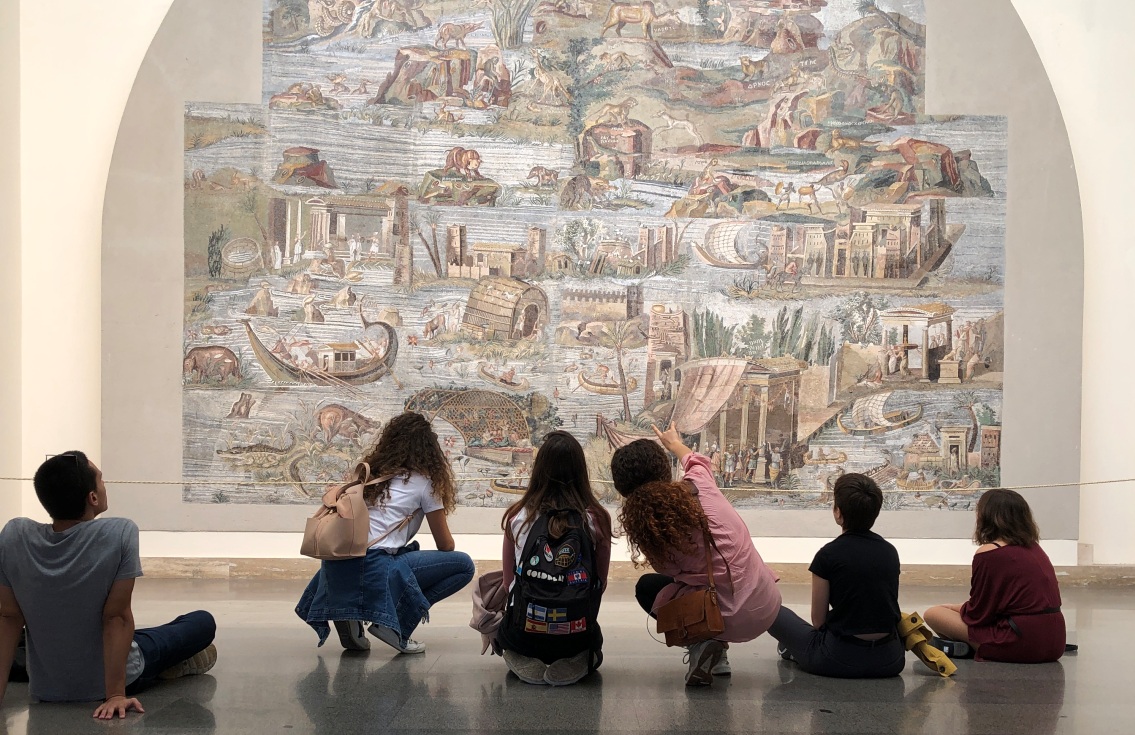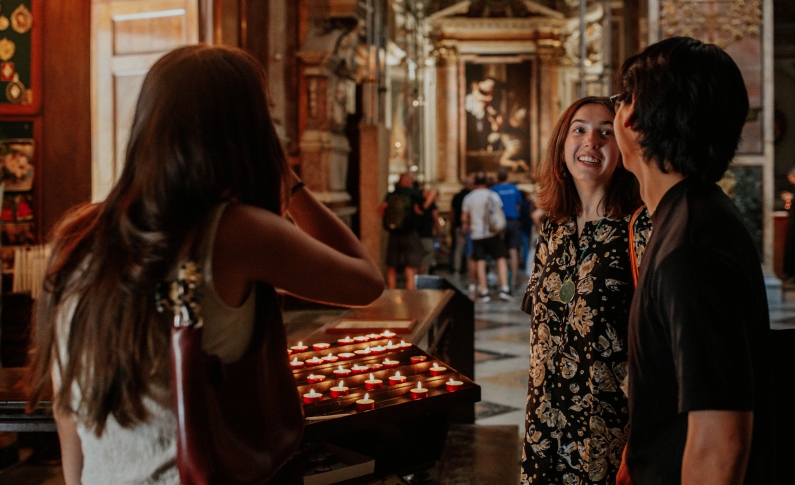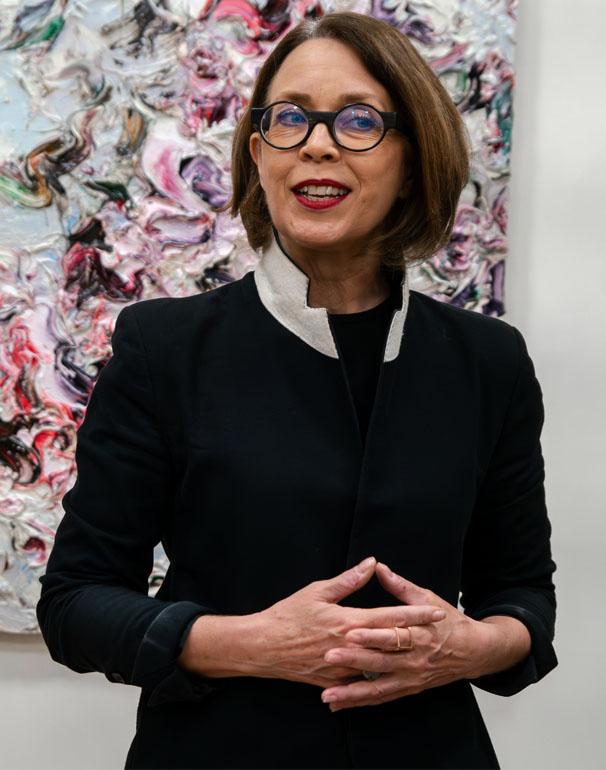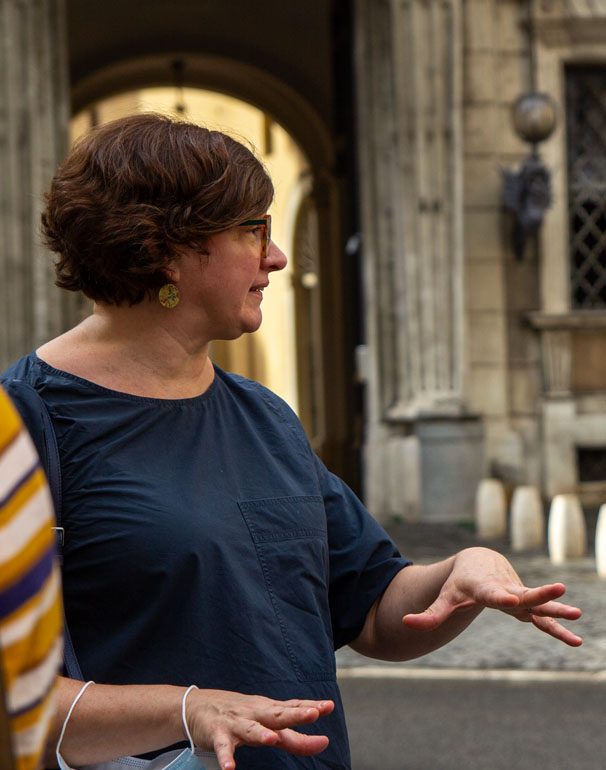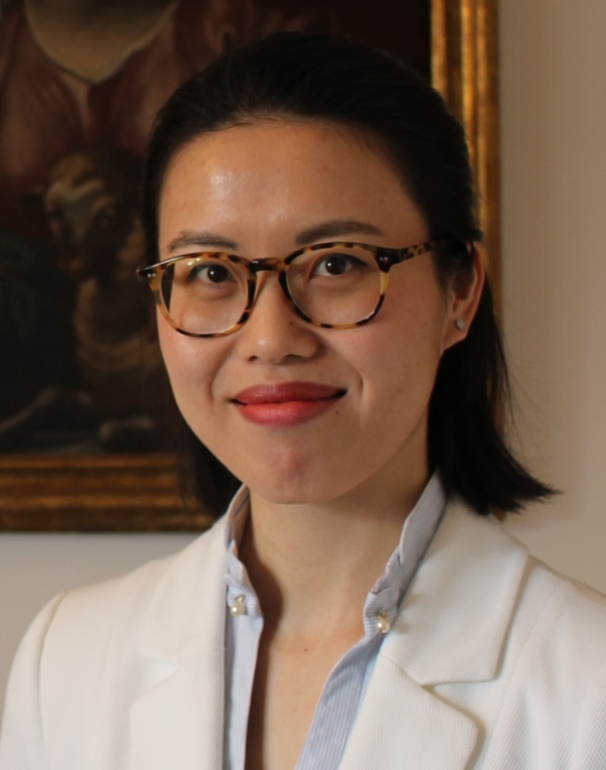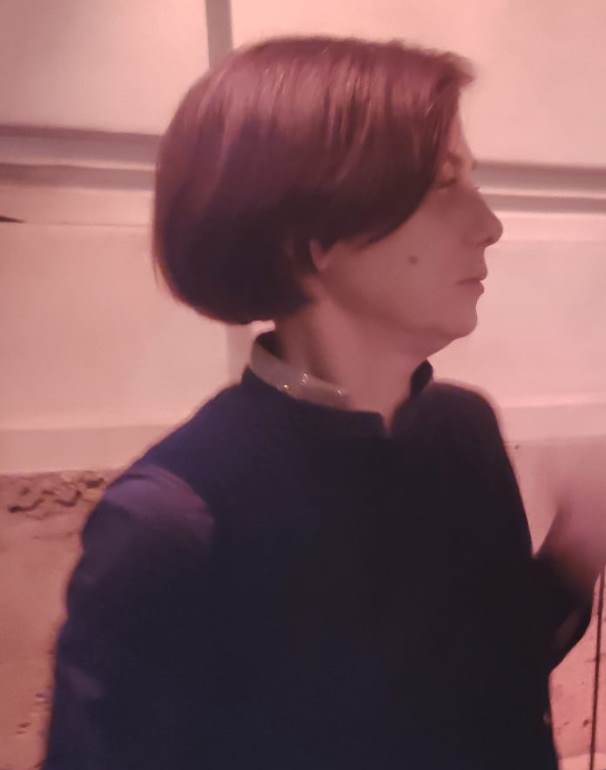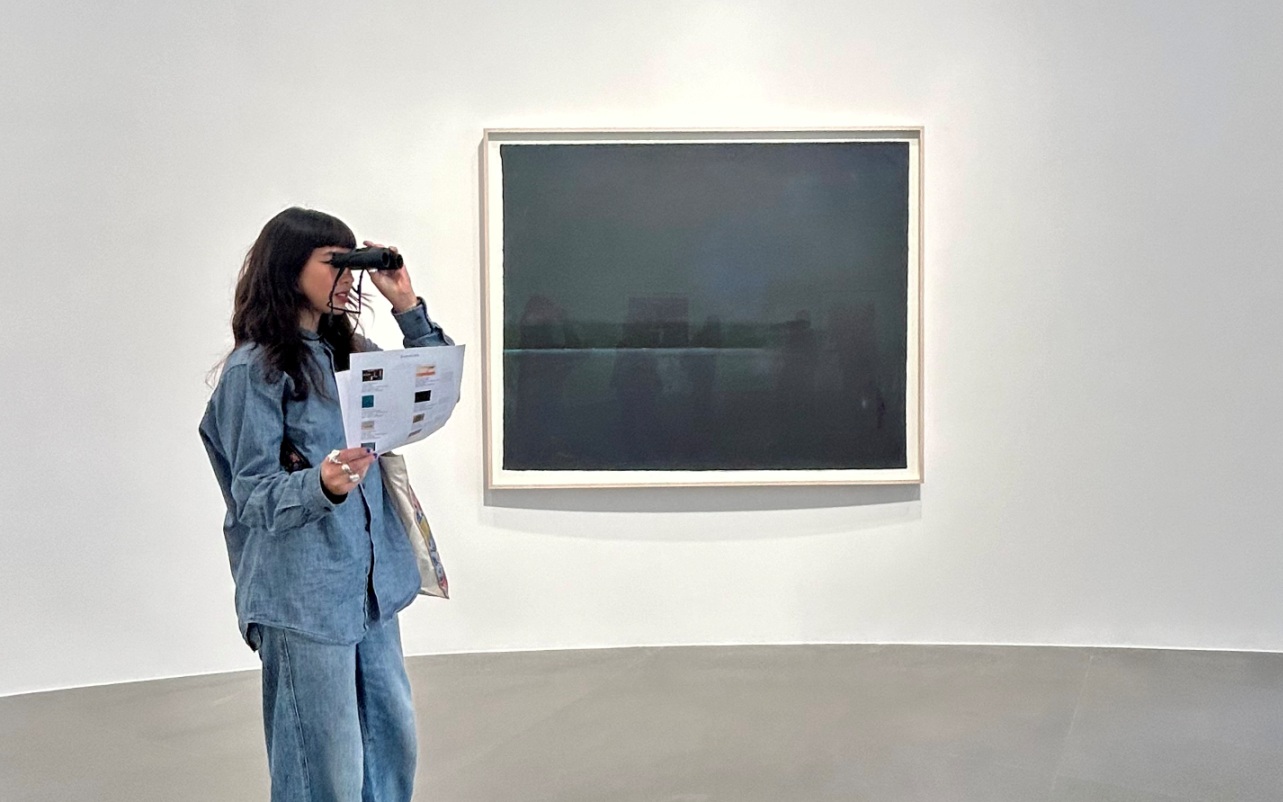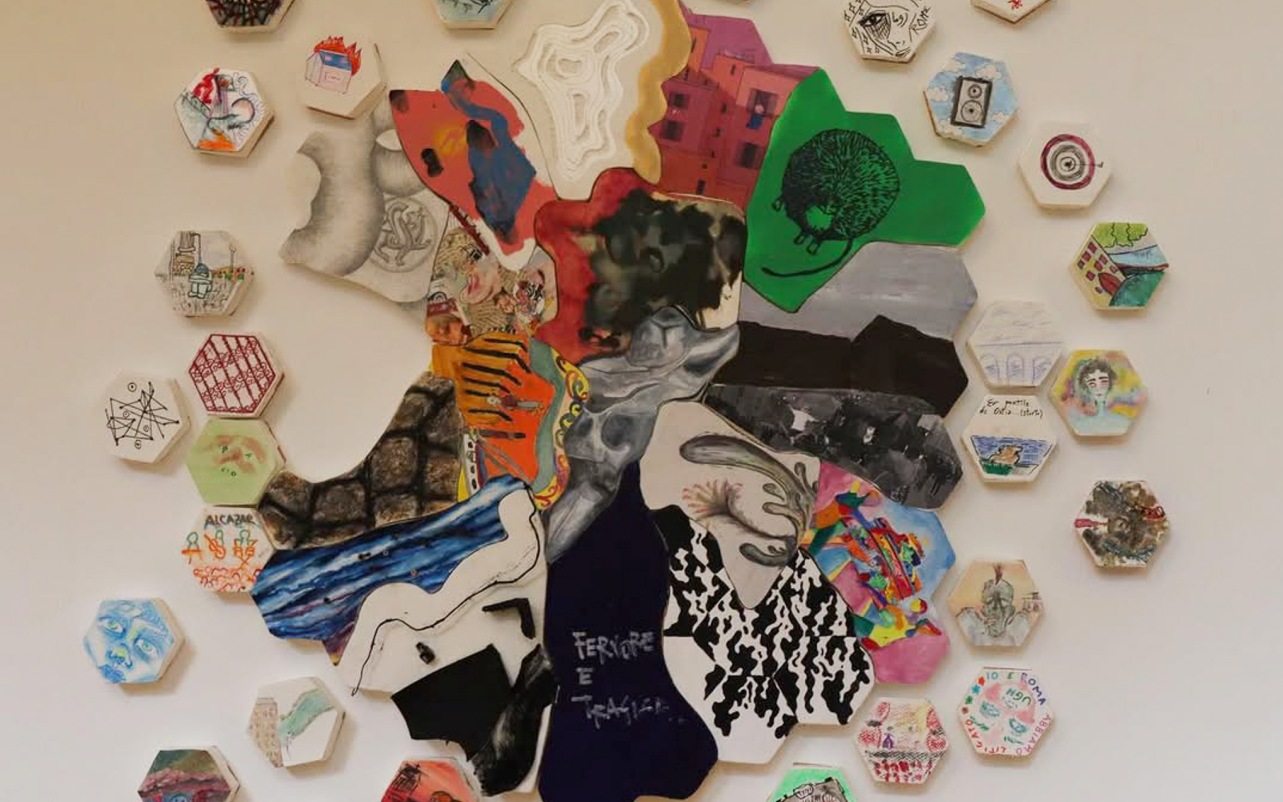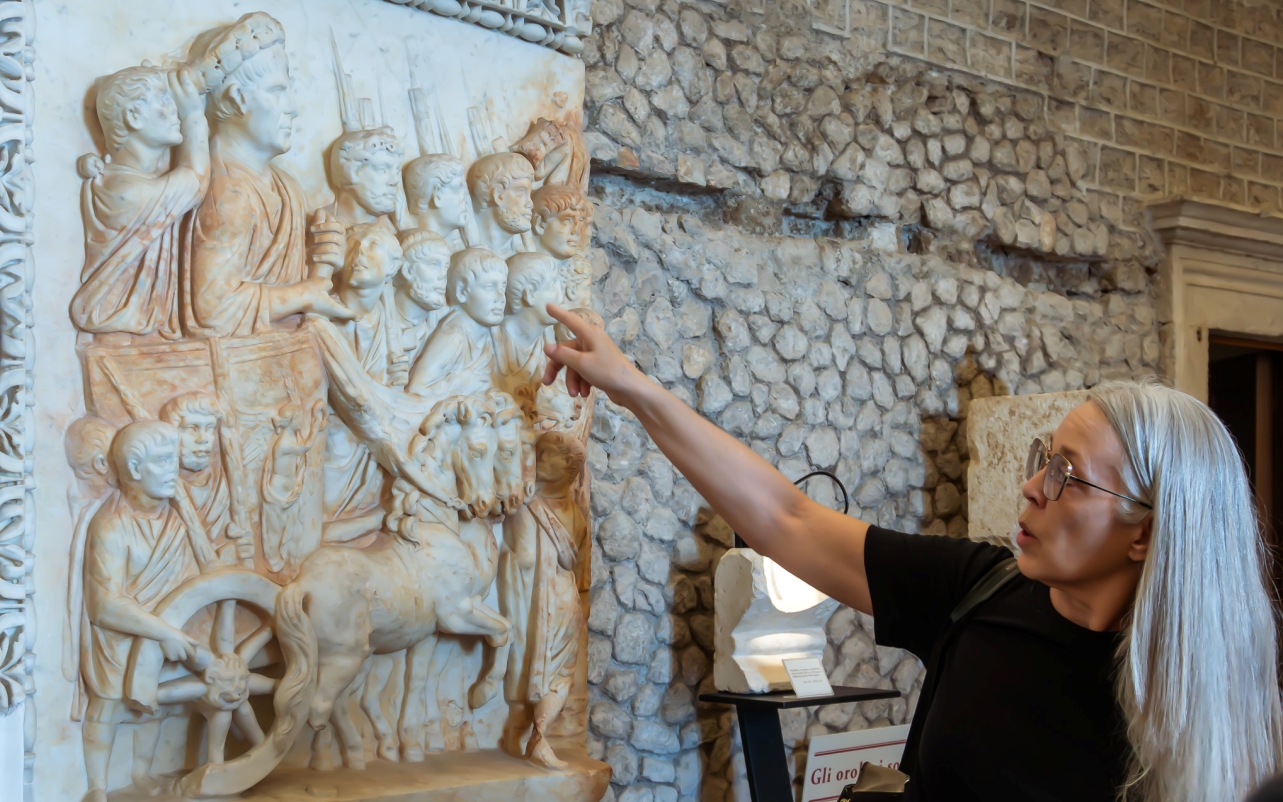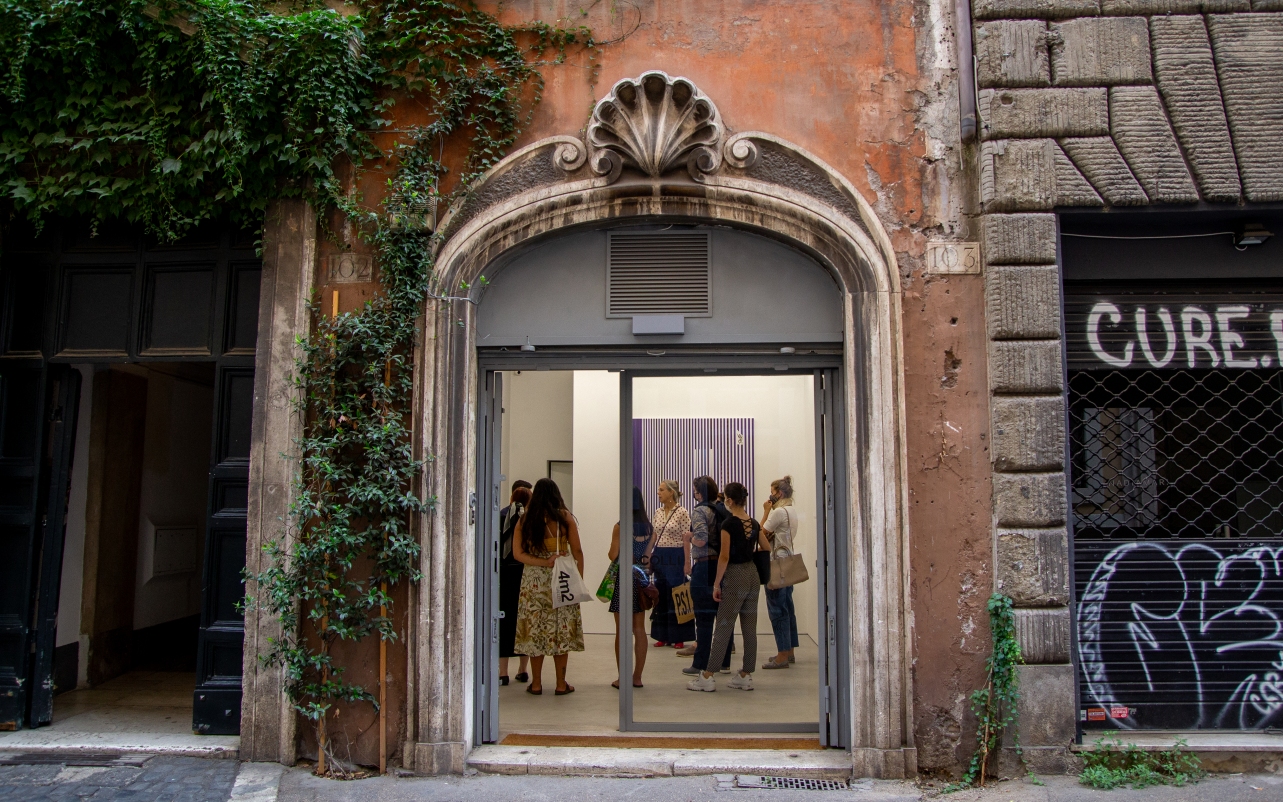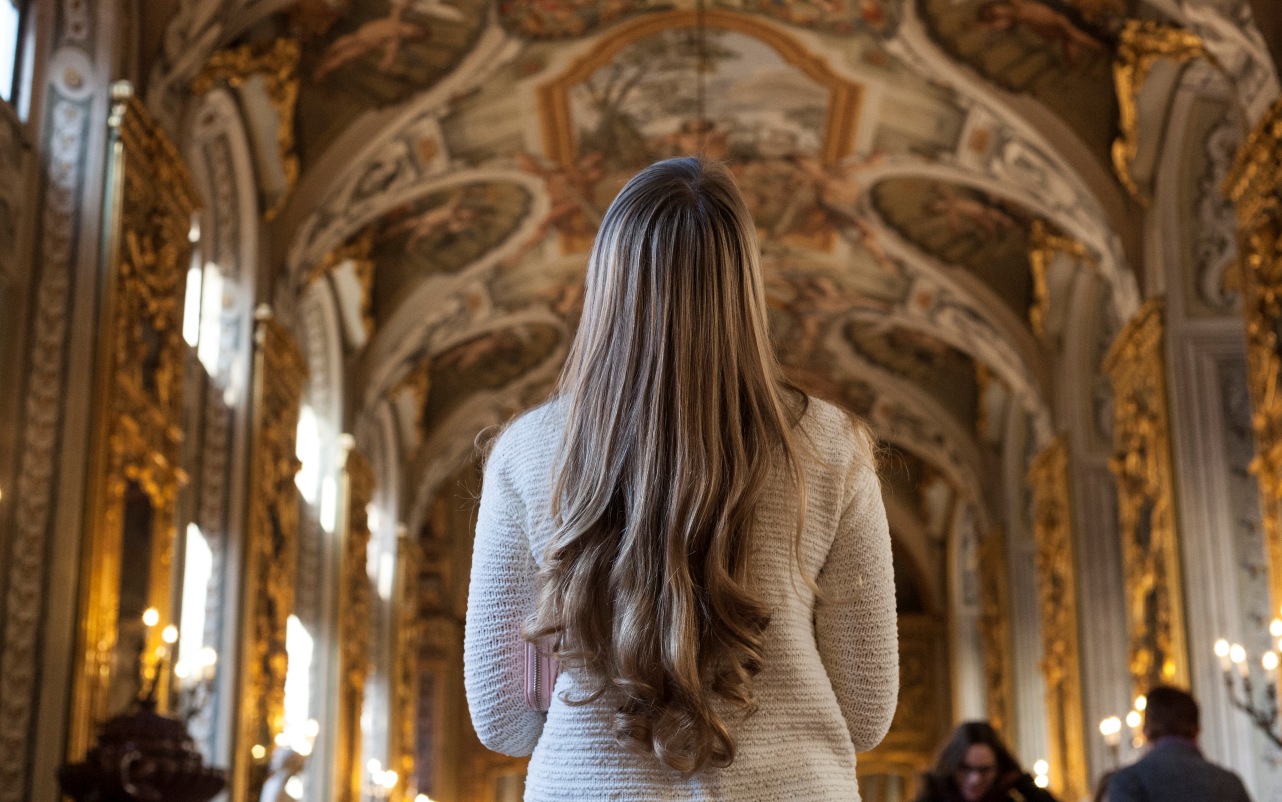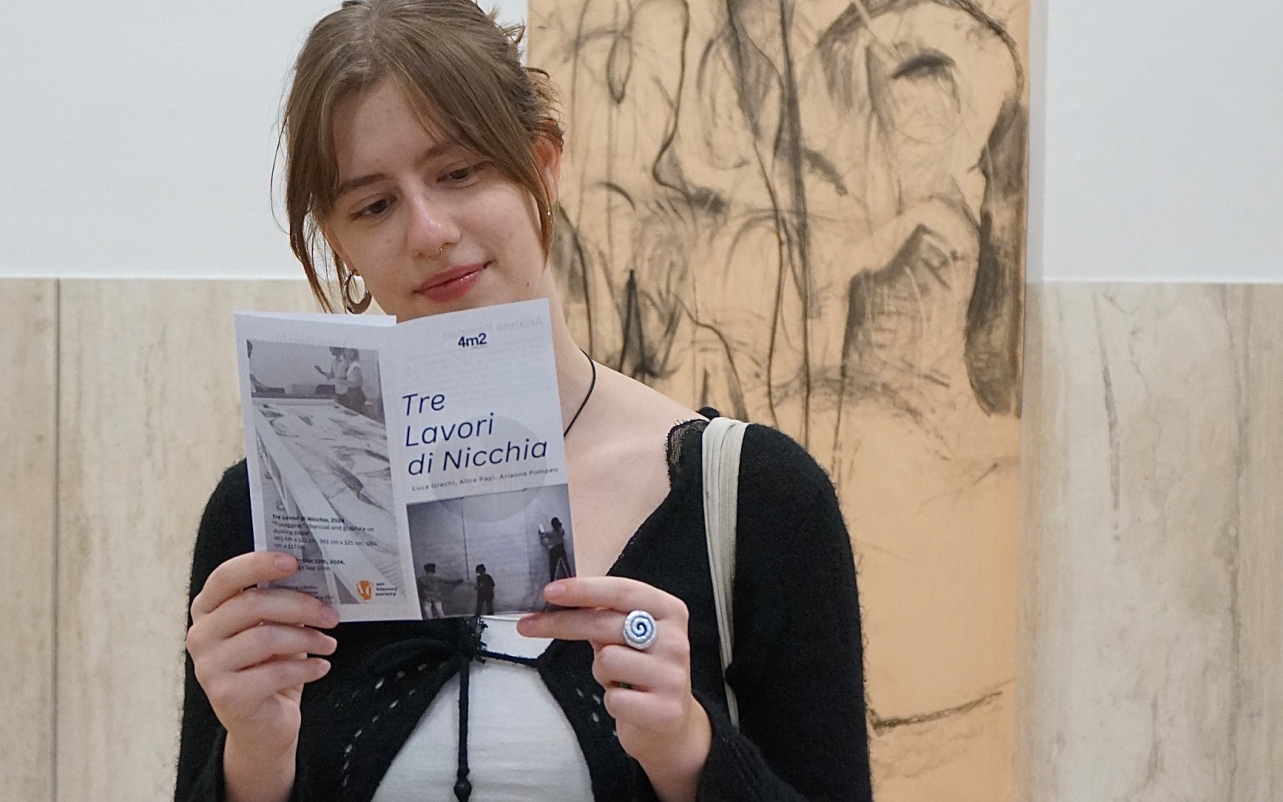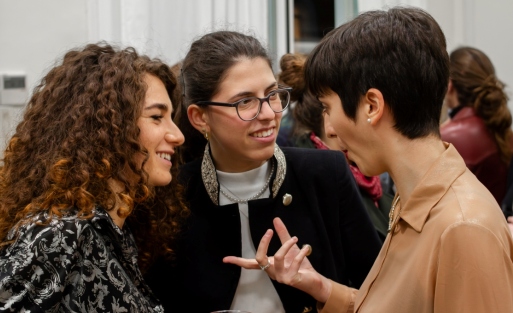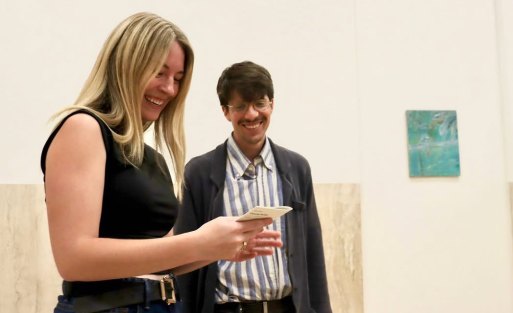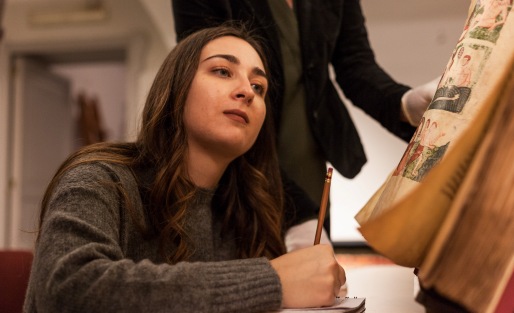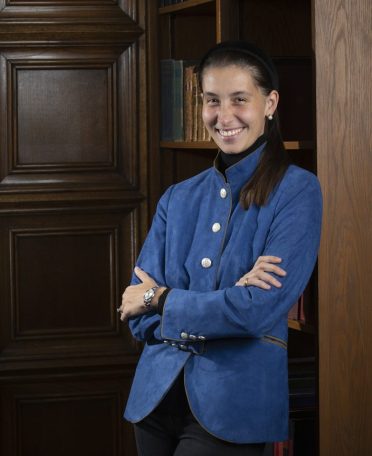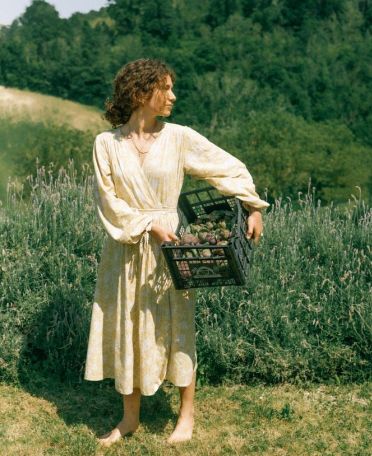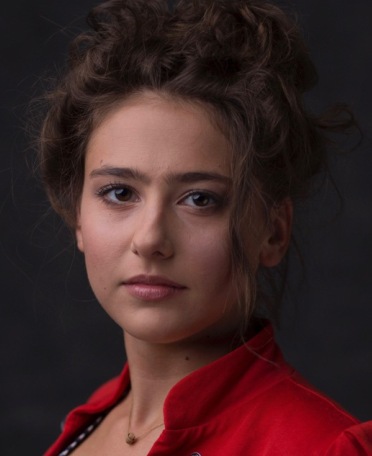A. The Proficiency and General Distribution Requirements of the University (many of the Humanities and Fine Arts requirements will be satisfied by the core curriculum courses below).
B. Core Curriculum The core courses are aimed to provide the student with a solid foundation for the study of art history and prepare the students for the Senior Thesis.
- AH 151 Foundations in Ancient Art
- AH 152 Foundations in Medieval Art
- AH 153 Foundations in Early Modern Art
- AH 154 Foundations in Modern and Contemporary Art
- One AS (Studio Art) course (100-300 level)
- Three AH or ARCH courses (200-300 level) in three of these four areas: Ancient World; Medieval World; Early Modern World; Modern and Contemporary World
- AH 240 Art Historical Thinking
- AH 460 Research Practicum
- AH 480 Senior Thesis
The University requires an overall minimum grade point average of 2.00 in all courses taken at the University, with no more than two grades lower than C- in core courses.
C. Major Electives
Six Art History courses, of which:
- Three must be 300-level AH courses
- One must (if not already taken in the core) be a 200-300 level AH course with a substantial onsite component
- Two 200-level AH courses may be substituted with any 200-300 level courses chosen from ARCH, AS, CL, CMS, DMA, HS, or PH
D. General Electives sufficient to give a total of 120 credits.
As of Fall 2022, students who declare a Major in Art History are required to follow the AH 151, AH 152, AH 153, and AH 154 course sequence.
Art History majors who began their studies prior to Fall 2022 should substitute AH 141 with AH 151, AH 142 with AH 152, AH 143 with AH 153, and AH 144 with AH 154.
A. The Proficiency and General Distribution Requirements of the University (many of the Humanities and Fine Arts requirements will be satisfied by the core curriculum courses below).
B. Core Curriculum The core courses are aimed to provide the student with a solid foundation for the study of art history and prepare the students for the Senior Thesis.
- AH 141 World Art I. Visual Culture of the Ancient World
- AH 142 World Art II. Visual Culture of the Medieval World
- AH 143 World Art III. Visual Culture of the Early Modern World
- AH 144 World Art IV. Visual Culture of the Modern and Contemporary World
- AH 240 Introduction to Art Historical Thinking
- One Studio Art course (100-300 level)
- Three AH or ARCH courses (200-300 level) in three of four areas: The Ancient World; The Medieval World; The Early Modern World; The Modern and Contemporary World
- AH 460 Research Practicum
- AH 480 Senior Thesis
The University requires an overall minimum grade point average of 2.00 in all courses taken at the University, with no more than two grades lower than C- in core courses.
C. Major Electives
- Six major electives not taken as core courses of which at least three 300-level or higher AH courses.
- If a student has not already taken a Rome City Series course as part of the Core Curriculum, one of the following courses must be selected as a major elective: AH 290, AH 291, AH 293, AH 294, AH 298.
- Students may take up to three 200-level or higher ARCH, AS, CL, CMS, DMA, HS, or PH courses
D. General Electives sufficient to give a total of 120 credits.
As of Fall 2022, students who declare a Major in Art History are required to follow the AH 151, AH 152, AH 153, and AH 154 course sequence.
Art History majors who began their studies prior to Fall 2022 should substitute AH 141 with AH 151, AH 142 with AH 152, AH 143 with AH 153, and AH 144 with AH 154.
Innovative teaching
The interdisciplinary approach of our Art History and Archaeology courses means that they are not traditional surveys, but issue-based investigations informed by aspects like history, politics, gender, law, and curation. Our Archaeology courses similarly engage with the new scientific approaches of the field like bioarcheology, technology, and environmental archaeology.
Our small classes and discussion-based teaching directly involve students in the academic discourse and in contributing to debates. Your professors know your name, mentor your strengths, and inspire your interests.
The on-site teaching that is part of many of our courses is an opportunity to engage with works first-hand, allowing for direct investigation of their visual and spatial contexts. Our Special Topics courses draw directly on professors’ own research and on contemporary questions in Art History. Recent examples include: The Underbelly of the Baroque, Public and Private Space in Ancient Rome; Art and Nation-Building; Art, Ecology and Sustainability; Limits, Margins, and Alterity in Medieval Art.
Our courses engage with the ‘networks’ in which a work exists and acts. This includes its material qualities of being, entities influencing its creation, its relationship with other objects, the spatial concerns of display, and its impact on viewers – also over time.
A distinctive feature of the BA in Art History is that the degree culminates in a thesis on a specialized research topic. Students participate in a research-focused course in the semester prior to writing the thesis and are followed throughout by two faculty who are experts in the field.
Generally, the thesis topic arises from a previous research project. This independent piece of work transforms students from learners to active contributors to the field and equips them with valuable experience for graduate studies and professional endeavors.
See the topics that have inspired students
JCU is committed to making the unique opportunity to study Art History in Rome accessible and possible for all students.
It offers a range of financial aid options, including merit-based scholarships, need-based grants, and external funding, to support students in achieving their academic goals. It is proud of its record of awarding JCU scholarships and/or grants to 85% of its students.
Financial Aid and Scholarships



